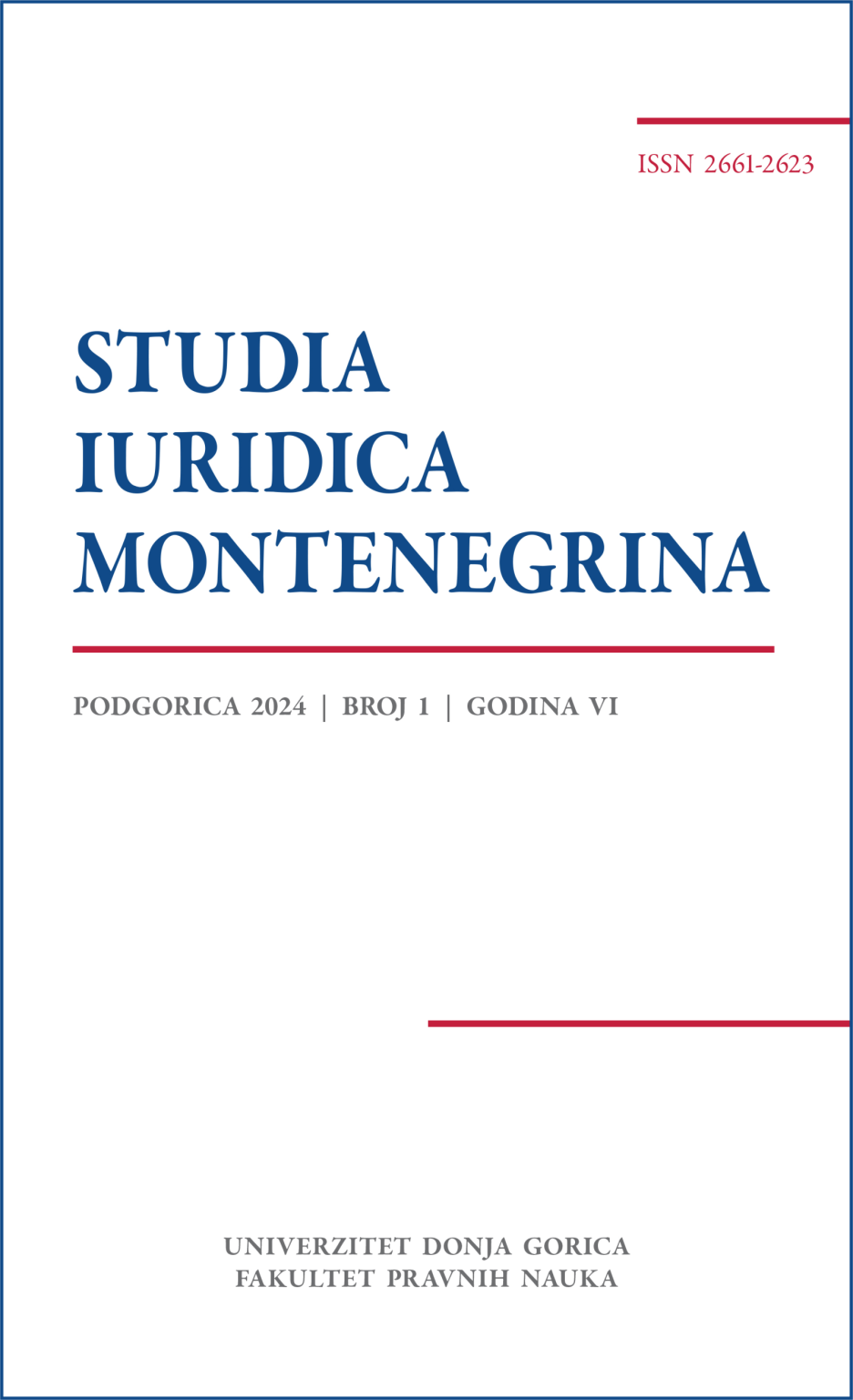Criminalistics and Criminal Justice Aspects of Proving and Solving Criminal Offences
Criminalistics and Criminal Justice Aspects of Proving and Solving Criminal Offences
Author(s): Johann WagnerSubject(s): Law, Constitution, Jurisprudence, Essay|Book Review |Scientific Life, Criminal Law
Published by: Fakultet pravnih nauka Univerziteta Donja Gorica
Keywords: transnational organised crime; organised crime; criminal law
Summary/Abstract: Organised forms of crime are to be found in nearly all countries around the world, and from the criminals’ point of view, they are extremely lucrative industries with an estimated turnover of about one trillion US dollars annually. According to the economic reports from 2012, the southern Italian syndicates alone generated sales of approximately 140 billion euros and that despite the negative effects of economic and financial crises1 . The organised crime (OC) groups and individual criminals operating in the EU are highly diverse. They range from large ‘traditional’ OC groups to smaller groups and loose networks supported by individual criminals, who are hired and collaborate on an ad hoc basis. Approximately more than 5,000 OC groups operating on an international level are currently under investigation in the EU2 . This figure does not necessarily reflect an overall increase in TOC activities in the EU compared to 2013, when Europol reported on the activities of 3,600 internationally operating OC groups in the EU. This increase is primarily a reflection of a much-improved intelligence picture. The increase also points to the emergence of smaller criminal networks, especially in criminal markets that are highly dependent on the Internet as part of their modi operandi or business model. Overall, the number of TOC groups operating internationally highlights the substantial scope and potential impact of serious and organised crime on the EU.
Journal: Studia Iuridica Montenegrina
- Issue Year: VI/2024
- Issue No: 1
- Page Range: 73-89
- Page Count: 16
- Language: English

